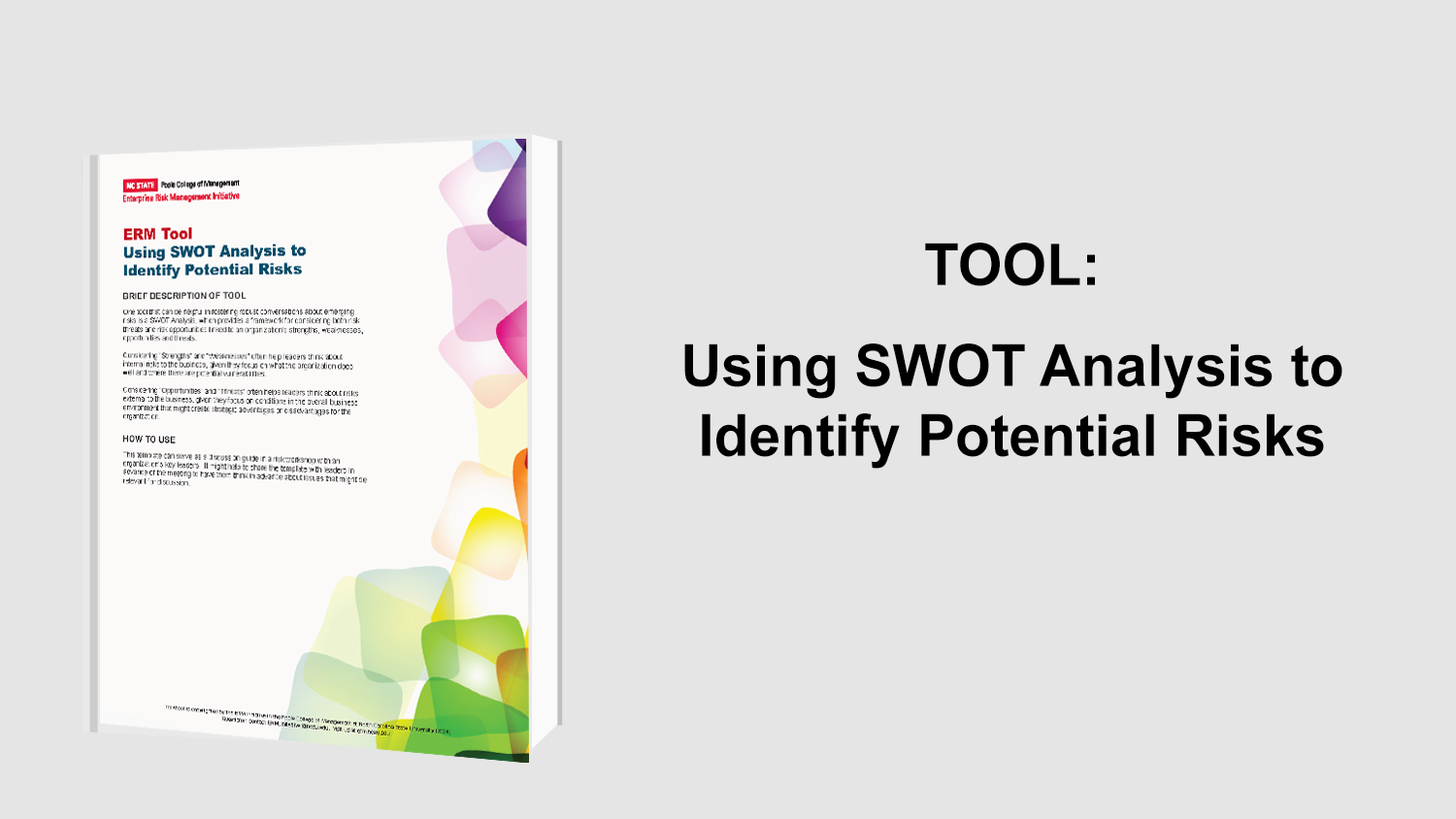Five Basics to Managing Innovation Risk
Innovation Risk and Limitations
Innovations inherently have a wide array of risks that depend on attempting to predict the unknown. Even though companies have long been dedicating extensive resources to manage these risks, uncertainty surrounding innovation continues to plague many unprepared innovators who jump too quickly into the market. When managers engage in the process of brainstorming how to minimize innovation risk, they generally do so under a flawed decision model or imperfect context. As a result, a number of innovation failures do not necessarily stem from the innovation itself but from the process used to determine how the innovation is introduced.
In order to successfully manage innovation risk, managers must take adequate time and thought to developing and improving their decision model under which they are evaluating their respective innovations. The more reliable and relevant information companies use in making choices about when and how to introduce innovation into the marketplace, the less risk those companies are assuming that they have missed an important variable to consider in their calculations, and thus reducing unintended consequences.
A recent Harvard Business Review article addresses critical elements of innovation risk by offering five basic rules for managing them.
Five Rules to Manage Innovation Risk
1. Recognize that a model exists and needs to be developed for judging risk and return.
Even those innovations that involve only minor alterations to existing products or require minimal investment are built on a foundation of knowledge (i.e., a model). Cognitive scientist refer to the use of this knowledge about risk and return as a “mental model” whereby the decision maker assesses the trade-offs of taking risks and generating return. These mental models attempt to take into account a number of factors that might affect the profiles of risk and performance. Historically, most people have applied these models in semi-consciously. Whether formalized or intuitive, these models exist and need to be discussed among the members of the project team in order to fully assess the outcomes of alternative actions. The more discussion the innovation receives, the more variables that will be considered, and will result in less unintended consequences. This is a pre-step in that the team is setting up the context in which the innovation should be considered.
2. Every innovation model has its own set of limitations.
There are two broad and pervasive types of limitations to an innovation’s model. The first is having an incorrect model – one where the underlying assumptions about the innovation’s potential and the way it is fundamentally evaluated is simply wrong. This requires a complete turn around and redevelopment of a new model. The second is having an incomplete decision model. Incompleteness is a limitation that all models have in common as an innovation model will never be perfect.
3. Expect the unknowns.
Even with unconstrained time and resources, an innovation model will never incorporate all the factors that could potentially affect the innovation’s success and completely minimize its related risk. This is largely due to the fact that many unrelated risks, when occurring simultaneously, can inadvertently become an adverse event that ultimately results in an inept innovation. Basically, the author is encouraging risk managers to recognize that the process of identifying risk factors may incorporate going outside the scope of an innovations-related risk by considering how different conditions can affect a project’s success.
4. Obtain intimate knowledge and understanding of the user.
After overcoming the many hurdles of producing a model with a viable context and associated risk factors, often the user of the innovation is neglected. For example, managers should consider questions such as:
• What are the qualifications of the intended user?
• How would an unintended user find a use for the innovation?
• Does the user fully understand the innovations application and limitations?
• How might they misapply the product or service?
5. Consider the infrastructure the innovation will be placed in.
The pace of innovation and technological advances constantly question the infrastructure of certain products. For example, the infrastructure that the cloud has produced has altered many companies’ business models. However, many of these changes were executed after the fact. Businesses must look ahead to consider if the innovation they are pursuing to market will have an adequate infrastructure that will enhance the user’s application of the product. Also, if the company identifies the need to change the current infrastructure, managers must dedicate a substantial amount of time to considering how long the change will remain viable.
Summary
Innovation by its very nature is a risky business that requires attempting to know the unknown. Accepting this fact and having a strategy in place to mitigate risk is critical to being a successful innovator. Using these five basics, companies will be better equipped to tackle many of the risk related to innovations that go unaddressed.
Original Article Source: “Innovation Risk: How to Make Smarter Decisions”, Robert C. Merton, Harvard Business Review, April 2013
- Categories:
- Types:


